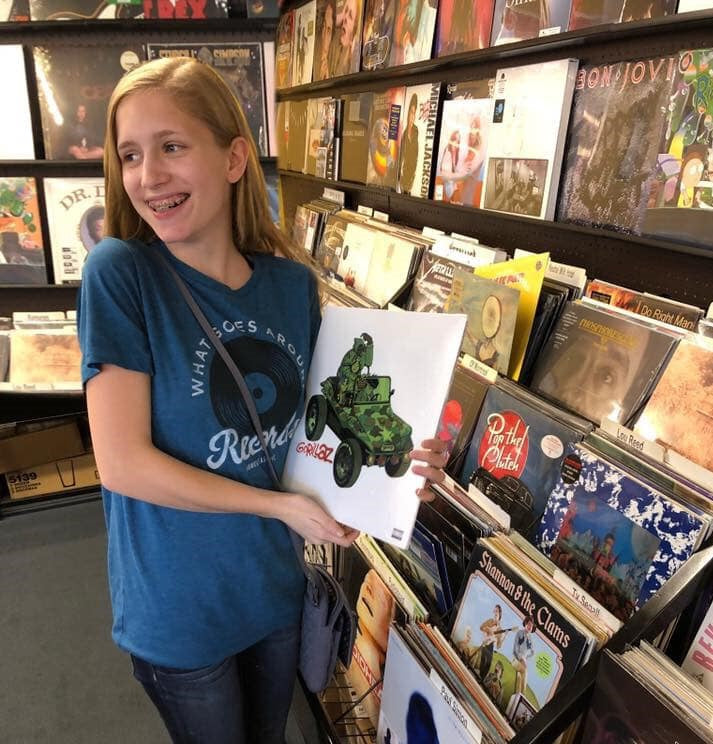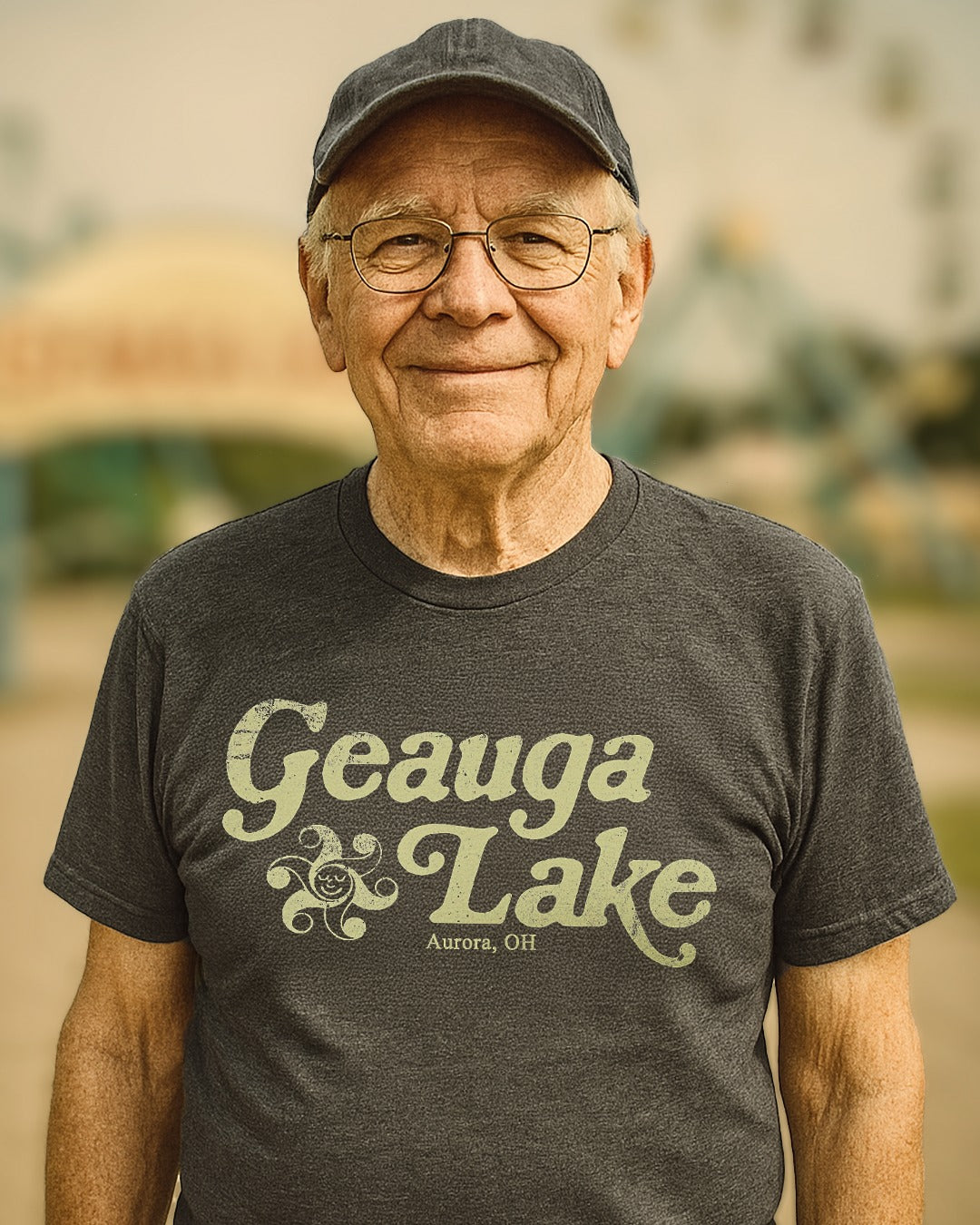Record stores have a long and rich history that dates back to the early 20th century when the first phonographs and gramophones were invented. Before these devices were available, music lovers bought sheet music of their favorite songs to perform at home.
The first music buyers
After the first record players were introduced, recorded music was sold primarily through department stores, electronics stores, and mail-order catalogs. However, as the popularity of recorded music grew, dedicated record stores began to emerge.
One of the earliest and most famous record stores was the Tower Records chain, which was founded in Sacramento, California in 1960 by Russ Solomon. Tower Records quickly became a mecca for music lovers, offering a vast selection of LPs, 45s, and CDs from a variety of genres.
On the East Coast, Sam Goody was one of the first major chains. Mr. Goody, whose real name was Sam Gutowitz, opened his first shop in the late 1940s on 9th Avenue in New York City. In 1951, Goody decided to open a chain of stores. While that business was successful, Goody’s bread and butter was mail order.
Post-war boom
After World War II, music was released primarily in two formats. One was the 12-inch, 33-rpm record, while the other was the 45-rpm, 7-inch single. As rock & roll and country music became popular, the latter was the big seller, primarily because it was affordable for young buyers.
In the 1960s, though, three artists changed all that. Up until then, albums were only purchased when the buyer really liked the artist or when the album was made up of mostly hit singles. Bob Dylan, The Beatles, and The Beach Boys changed all that, and the album became the preferred format of the serious music buyer.
Fans looked forward to buying a collection of songs that fit together, along with artwork, and perhaps liner notes including pictures and lyrics. Singles still sold well and served an important purpose, but albums were the real money maker for record stores and record companies.
Continued growth among Baby Boomers
Throughout the 1960s and 1970s, independent record stores began to pop up all over the world, catering to the growing demand for rock, pop, country, and other genres of music. These stores often had a strong sense of community and served as a gathering place for music fans. It wasn’t unusual for artists to stop in and play mini-concerts or sign albums before an appearance in a particular city.
The 1980s and 1990s saw the rise of the music superstore, with chains like Virgin Megastores and HMV opening large, multi-level locations in major cities around the world. The Musicland Group, who had acquired the Sam Goody name in the late 1970s, also opened superstores. At first, they used the Sam Goody name before opening a separate division of superstores called Media Play.
The CD bubble
Media Play not only sold music, but books, videos, games, and memorabilia. The introduction of the compact disc (CD) in the 1980s helped fuel the growth of record stores, both big chains and mom & pop shops. The business model was simple: make everyone buy their old vinyl records on CD. It worked--- for a while. Two things brought the party to an end.
People did repurchase most of their record collections on CD. Once they’d done that, the appetite for CDs waned. There just wasn’t enough money in new records to match the windfall that came after CDs first appeared.
The problem was exasperated by an even more ominous invention called the Internet. With the advent of digital music delivered, or streamed, over something called the World Wide Web and the rise of online music stores like iTunes and Amazon, the traditional record store began to face serious challenges.
Many independent record stores went out of business. Large chains like Musicland, Record Town, and Camelot closed stores or simply did not renew leases. One company, Trans World, owner of Record Town, Tape World, and other stores, wound up acquiring the assets of most of its rivals including Musicland and Camelot. Today the company is known as Kaspien Holdings and operates stores under the F.Y.E name.
The big comeback
As the dust settled on the collapse of the retail music business, something strange happened. Around 2006, music fans started to rediscover vinyl. The resurgence was fueled by a combination of factors, including nostalgia, the desire for a tangible music experience, and the unique sound quality of vinyl.
Online retailers were quick to offer the format, but fans not only embraced the old technology as their preferred listening experience, but they also embraced record stores. On April 19, 2008, the first Record Store Day was held. According to the official Record Store Day website:
“Record Store Day was conceived in 2007 at a gathering of independent record store owners and employees as a way to celebrate and spread the word about the unique culture surrounding nearly 1400 independently-owned record stores in the US and thousands of similar stores internationally. The first Record Store Day took place on April 19, 2008. Today Record Store Day is celebrated at independently-owned brick-and-mortar record stores around the world.”
Despite the boom in vinyl record sales ($1.2 billion worth were sold in 2022), there are only a handful of record stores in any given major metropolitan area where there used to be dozens. Still, the future looks pretty bright for these shops as more and more folks take to vinyl and younger generations discover, wait for it: compact discs.



